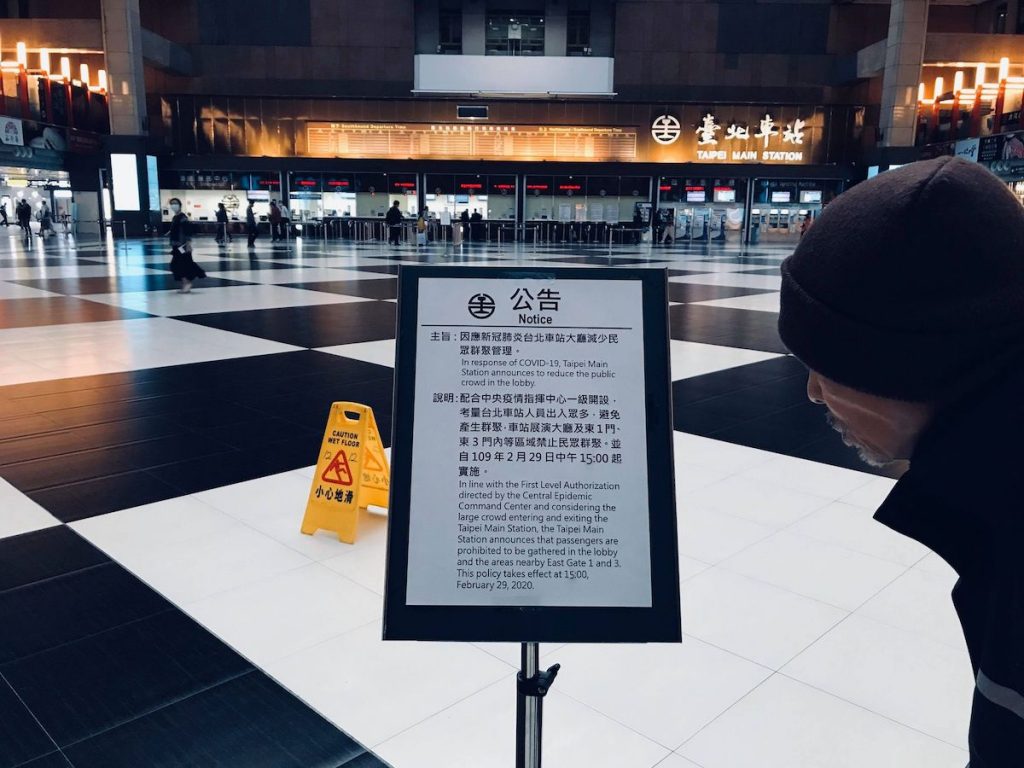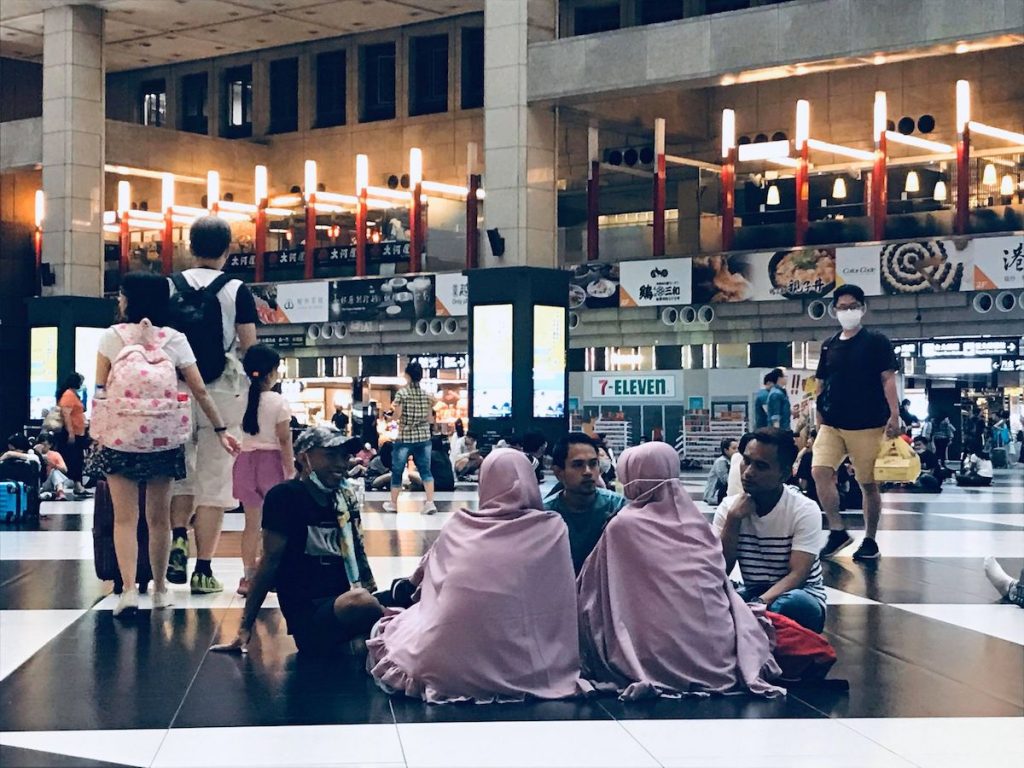Browse

As working in the field of “migrant workers”, each time I attend to events of them, such as a book launch, concert, beauty pageant, community reunion, etc, the opening ceremonies include singing “Indonesia Raya”, the national anthem of Indonesia. After that, they yell out: “Merdeka!”, which means “Freedom” or “Independence” in Indonesian language, loudly and in a ritualistic way. We can also see the same scene at workers’ rallies.
Another scene of Red and White flags is on hilltops. There are 286 mountain summits over 3,000 meters above sea level in Taiwan. In recent years, I’ve seen more and more postings of summit pictures on Facebook and Instagram, from my friends who are migrant workers. They smile proudly with holding national flag on their hands. It reminds me a movie called “5cm” which was released in 2012. This film talks about a group of young people climbing Semeru Volcano, the highest mountain in Java Island. After overcoming challenges, they finally arrived at the peak of Semeru where the leading actress stated, “Our feet have stepped thousands of steps, our brave hearts have determined to reach here. May we never, not even once, give up chasing dreams. Fight, try and aspire to a better life for the land we are standing upon, my friends. I love this country with fullness of my heart.” They struggled and tortured themselves to fulfill dreams and honor the nation.
The suffering makes me think of Singo Barong Taiwan, one of the migrant workers’ folk dance communities from East Java. Dancers need to hold 2.5 meters high and 50 kilogram weight mask by biting with their mouths. And so do Presean Dance which is performed by migrant workers from Lombok Island. Dancers whip each other with rattan canes. Cultural performances build overseas communities, while their physical suffering recalls collective identity and even transforms into funding for building their hometown. Muscle strain, joint ache, fracture, inflammation, bleeding and so on, these painful experiences not only happen on the stages, but also in factories, on fishing boats, at nursing homes, and in employers’ houses.
I often hear workers replace “task” with “state duty” (tugas negara). When Indonesian migrant workers are given the name “Pahlawan Devisa” which means heroes / heroines of foreign exchange, their laboring body is no longer belonging to themselves. They work for raising family, and for building country as well.

A migrant worker once made fun of herself, “I’ve already been to Malaysia, Hong Kong and now Taiwan, however I’ve have never been to MONAS.” MONAS is the abbreviation of “Monumen Nasional”, The National Monument of Indonesia. It was built to commemorate the struggle for independence. What she said is so true. Most migrant workers start their journey from home to a training center, then to the airport, at last to their destination of work. As Pahlawan Devisa, migrant workers seem to share the same reputation with national heroes, but they haven’t finished their struggle yet. They are absent on Medan Merdeka (Independence Square) where MONAS and several statues of national heroes are placed.
Umi Sugiharti, one of the productive writers among migrant workers in Taiwan, released a poem “Knight of Pancasila” (Ksatria Pancasila) in 2018.
Hundreds of millions of unnamed HEROES
Have high aspirations for the nation’s next generationEvery drops of shedding sweat and blood
For the freedom of our country
Cannot be paid with a pile of money
“HEROES” written in capital letter refers to “Knight” in the title. In other words, “HEROES” implies those unnameable “Heroes / heroines of foreign exchange”. “Knight of Pancasila” echoed Umi Sugiharti’s previous poem “Singing of Foreign Land” (Senandung Tanah Rantau, 2013).
We are not walking alone
Make ourselves a genuine hero
For aromatizing Pertiwi
“Pahlawan Devisa” represents the embarrassing position of migrant workers. Country defines the value of them, but their love for country cannot be paid with money. They keep struggling and trying to overcome hardship with the consciousness of national heroes / heroines, and wish someday they could own real freedom like their homeland does. A land of “merdeka”.